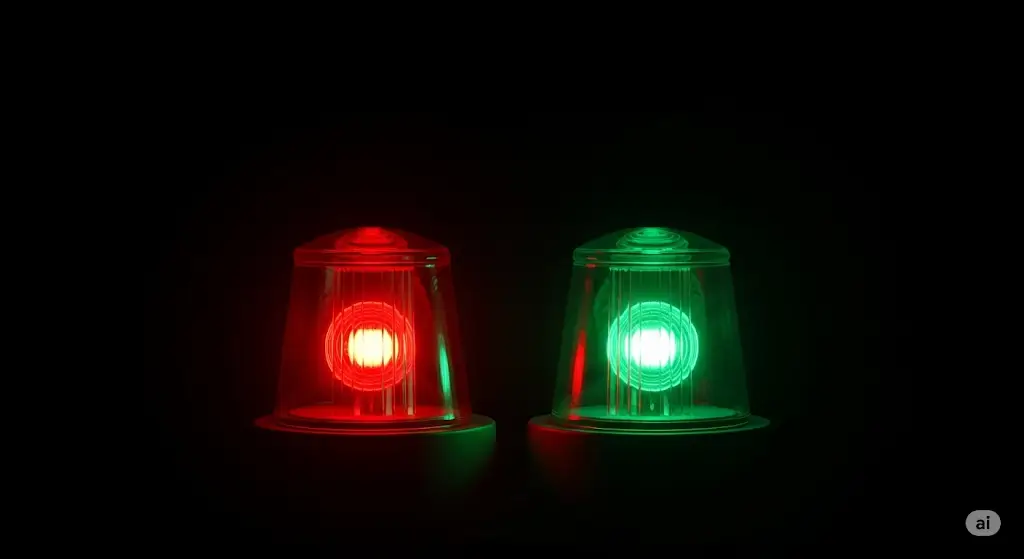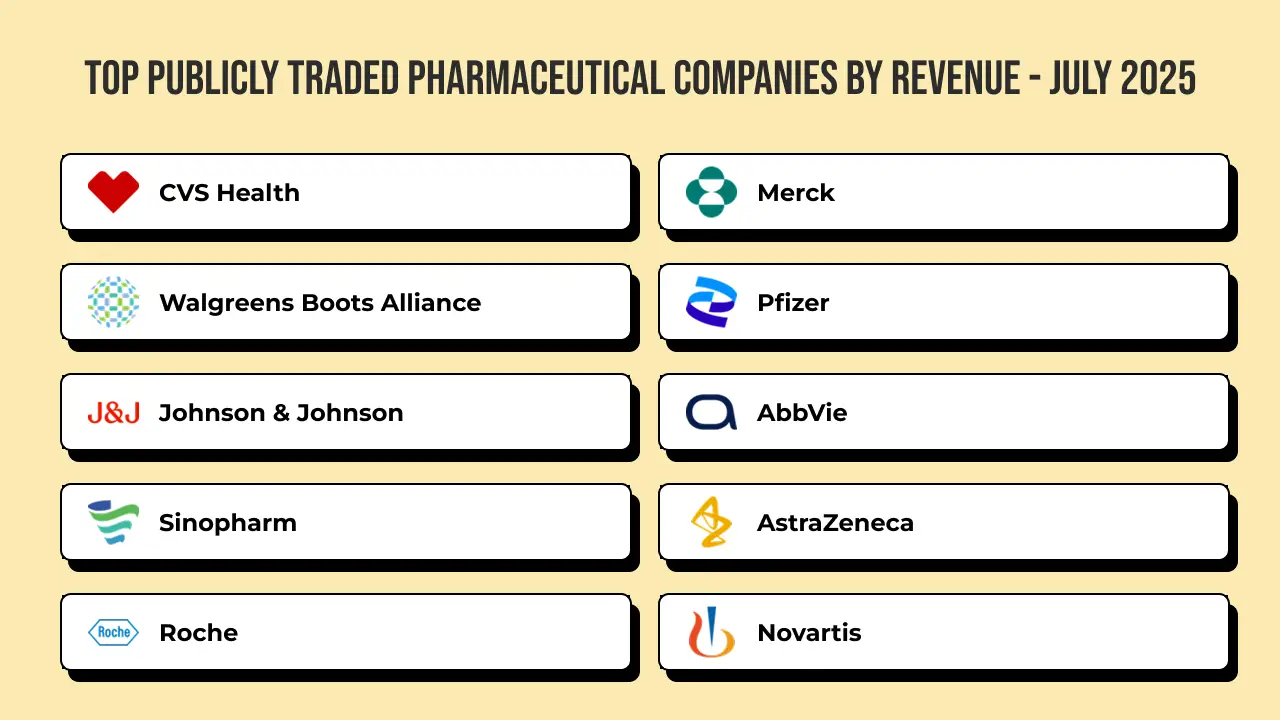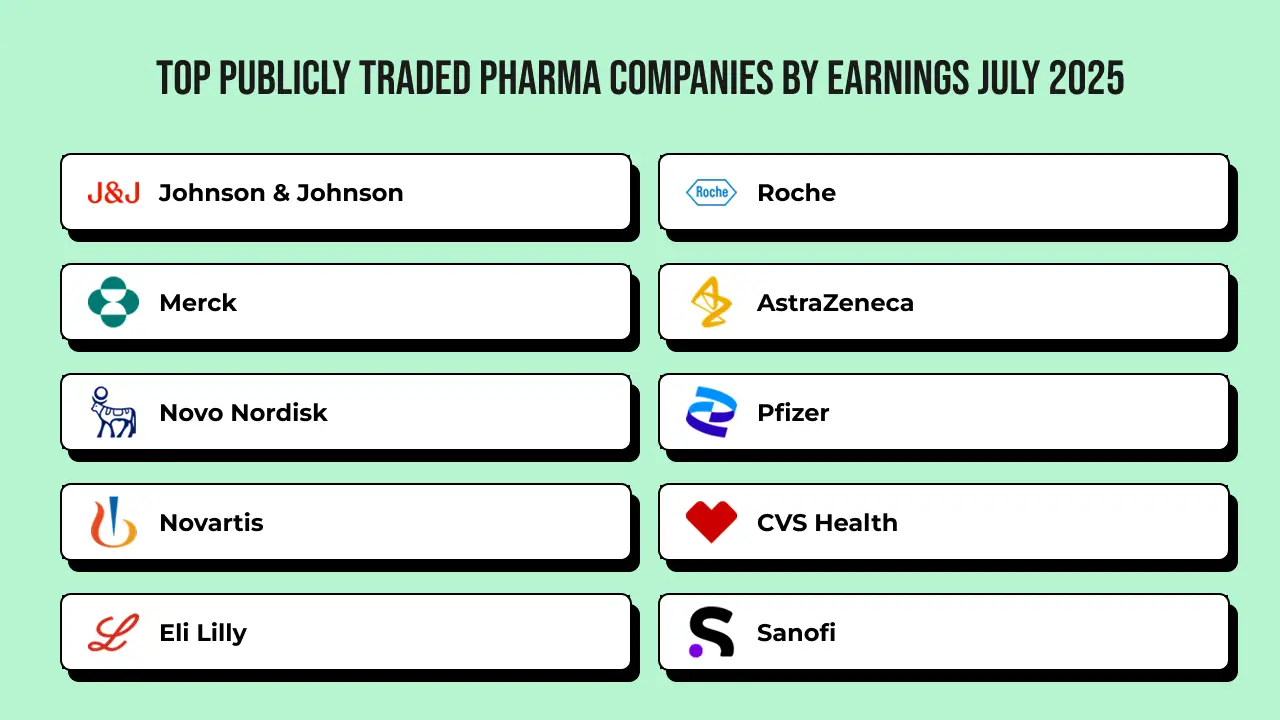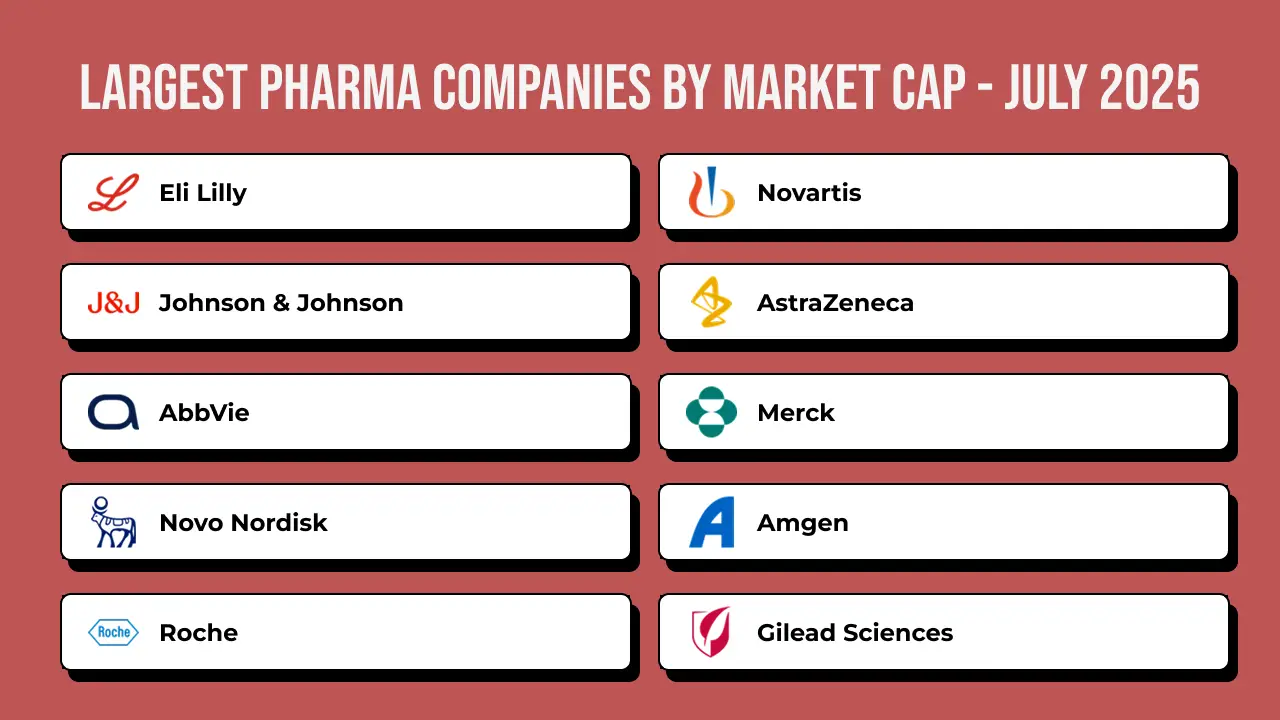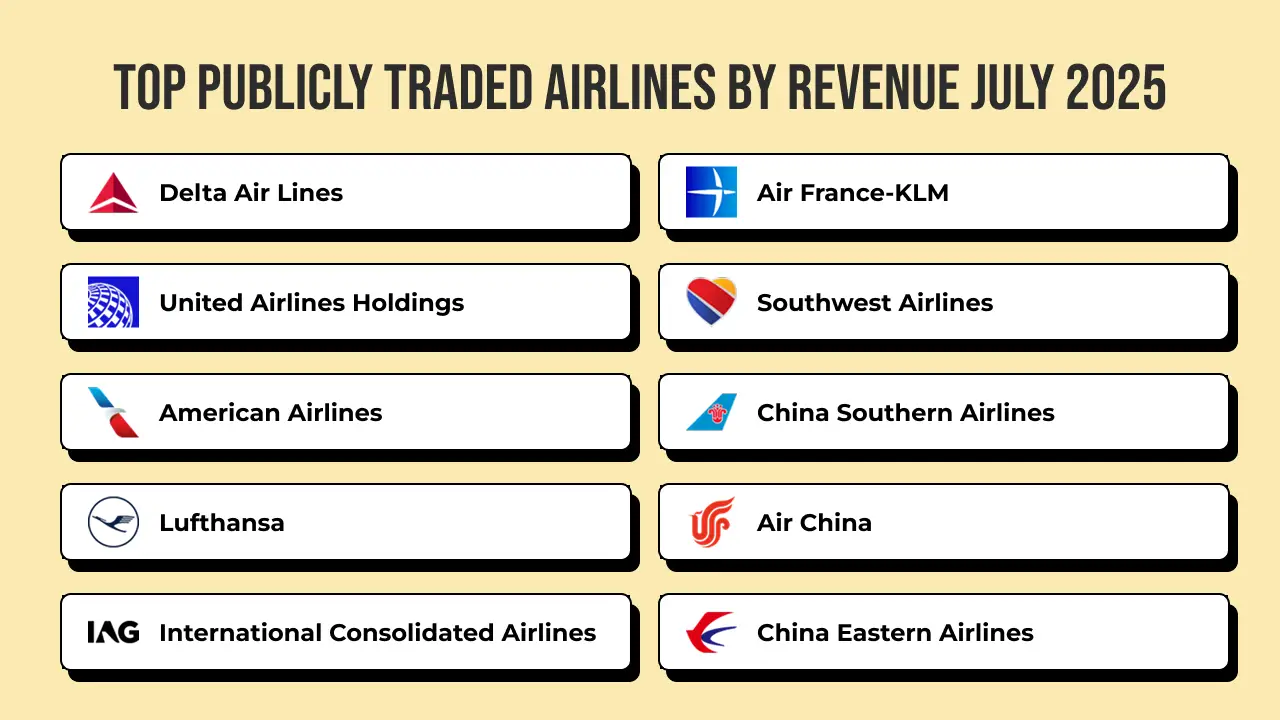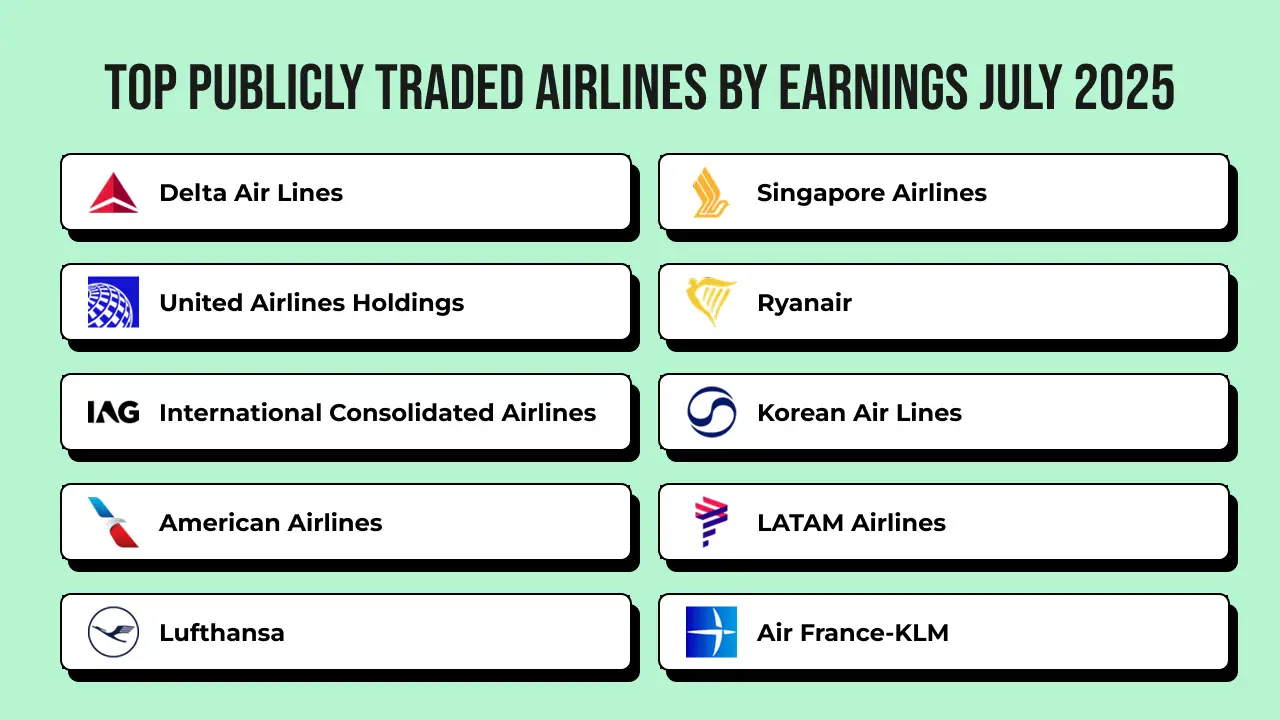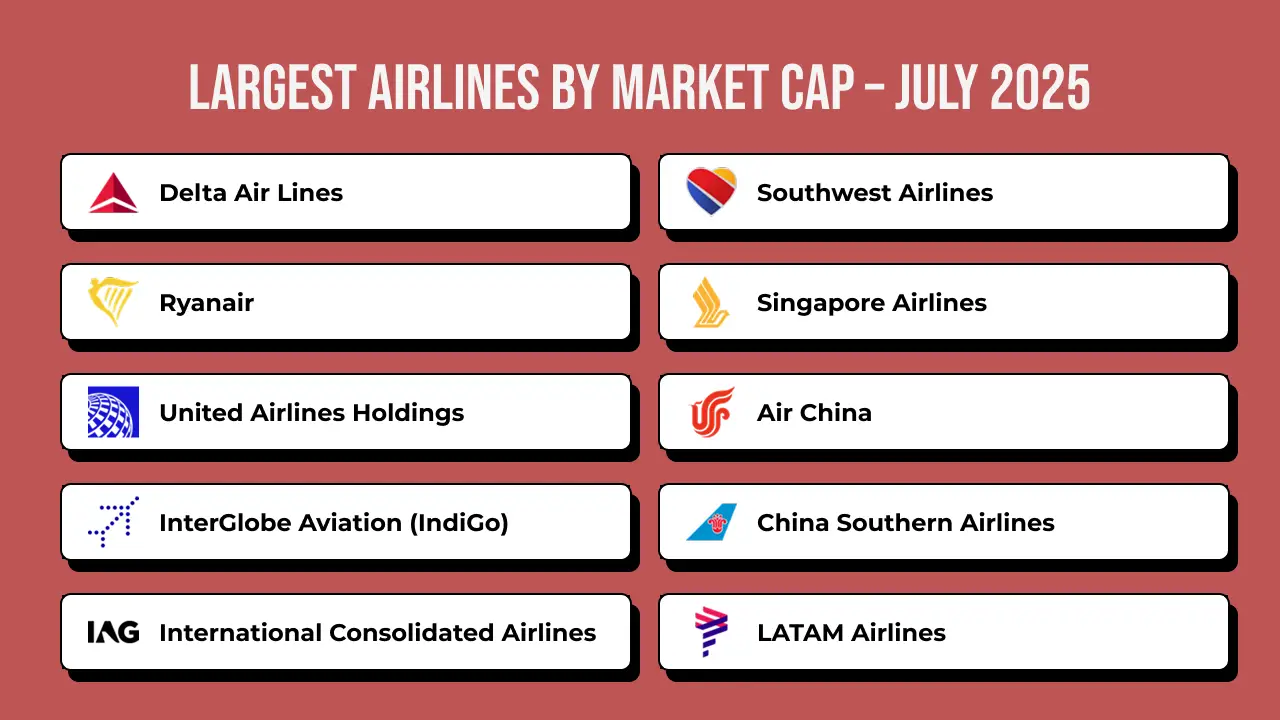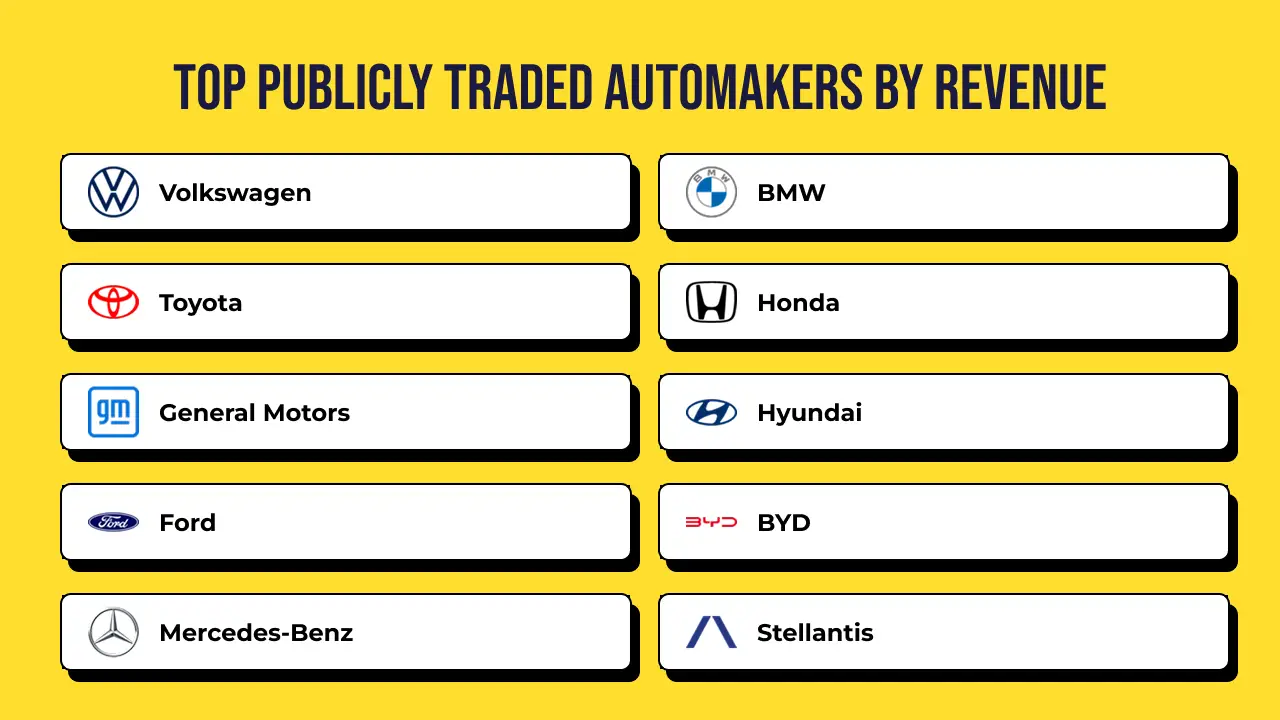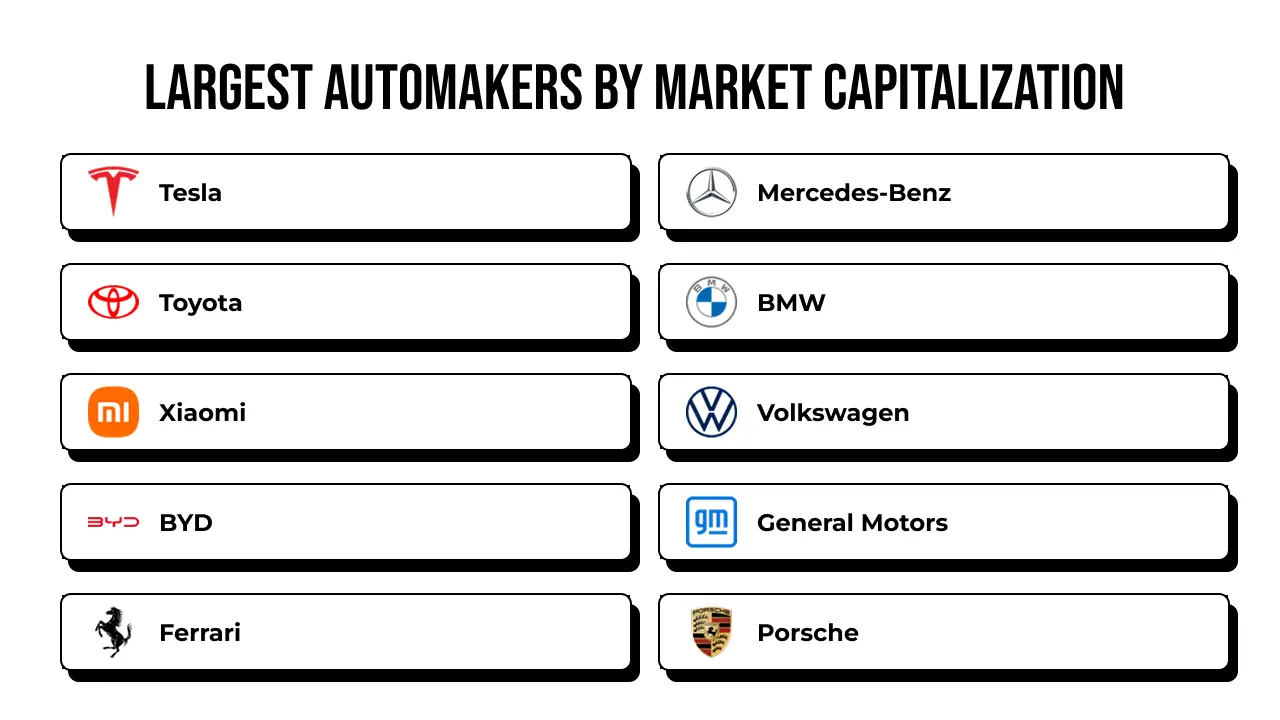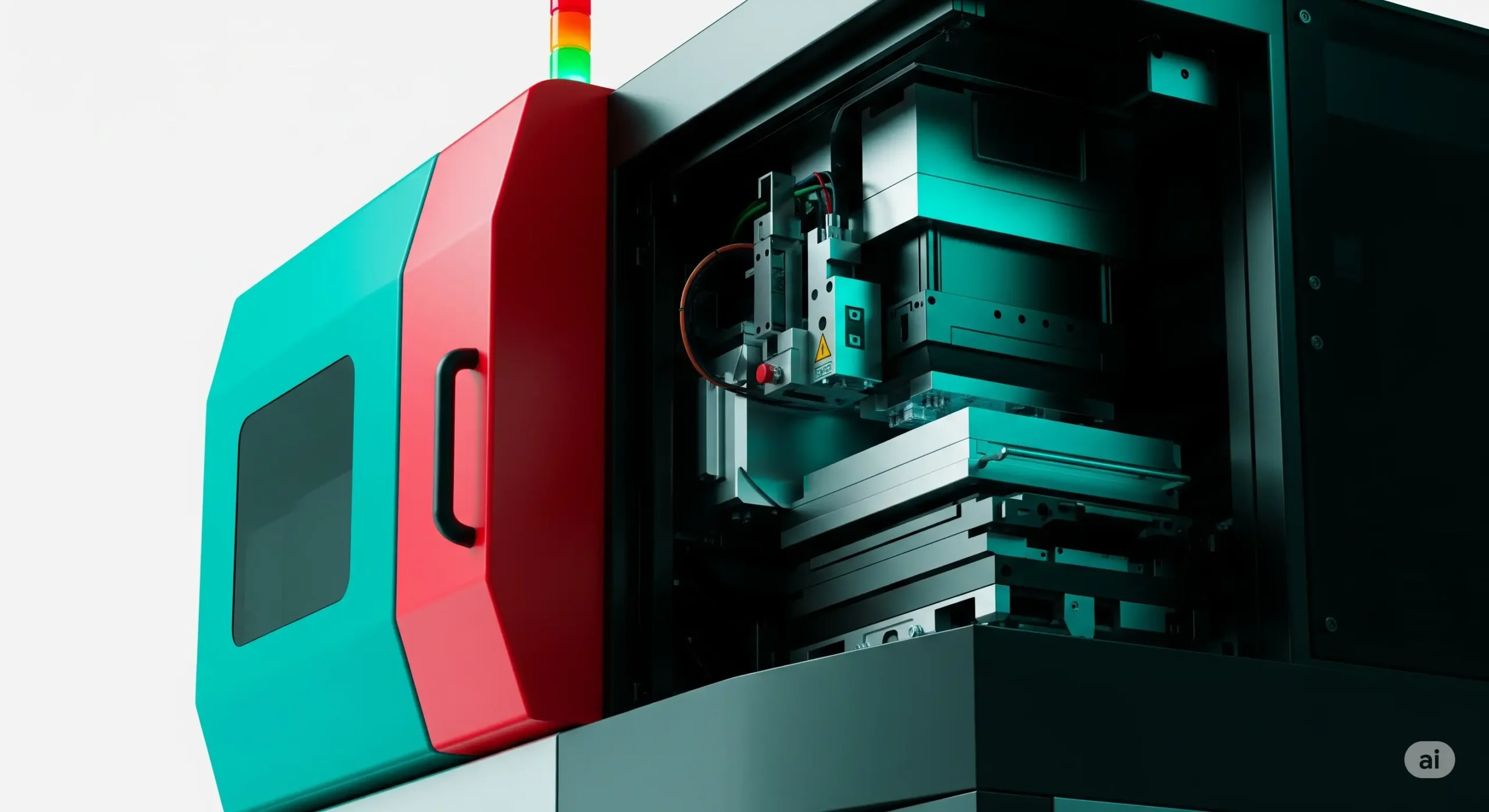I have been closely following the navigation lighting market, and its growth trajectory is impressive. As of 2025, the market is valued at approximately $850 million, with projections indicating it will reach $1.2 billion by 2030, reflecting a compound annual growth rate (CAGR) of around 7.1%. This growth is driven by increasing global maritime trade, stringent safety regulations enforced by organizations like the International Maritime Organization (IMO), and rising demand for energy-efficient lighting solutions. The expansion of the shipping industry, coupled with advancements in lighting technology, is fueling this upward trend. Additionally, the growing adoption of navigation lighting in emerging sectors like autonomous vessels and offshore renewable energy installations contributes significantly to the market’s expansion. My analysis suggests that the push for sustainable and durable lighting systems, capable of withstanding harsh marine environments, is a key factor propelling the market forward.
When examining the top segments, I find the market is divided into categories such as LED, incandescent, and xenon-based navigation lights, with applications spanning commercial, military, and recreational vessels. Among these, the LED segment holds the highest share, accounting for nearly 60% of the market in 2025. This dominance is due to LED lights’ energy efficiency, longer lifespan, and compliance with environmental regulations. Their low power consumption makes them ideal for modern vessels aiming to reduce operational costs and carbon footprints. The commercial vessel segment, particularly container ships and cargo carriers, also commands a significant portion of the market due to high demand in global trade routes. Meanwhile, the military segment is growing steadily, driven by increased naval modernization programs worldwide.
The competitive landscape of the navigation lighting market is dynamic, with several key players driving innovation. Leading companies include Hella Marine, Glamox, Osram, and Philips Lighting. Hella Marine stands out for its extensive portfolio of marine-specific LED solutions, while Glamox is recognized for its robust lighting systems tailored for extreme conditions. Osram and Philips leverage their expertise in advanced lighting technologies to maintain strong market positions. These companies invest heavily in research and development to meet stringent regulatory standards and cater to the evolving needs of the maritime industry. I’ve noticed smaller players like Den Haan Rotterdam and R. Stahl also gaining traction by offering specialized products for niche applications.
Geographically, I see the navigation lighting market thriving in several key regions. The Asia-Pacific region leads, contributing over 40% of the global market share, driven by robust shipbuilding industries in countries like China, South Korea, and Japan. Europe follows closely, with strong demand from maritime hubs in Germany, Norway, and the UK, where stringent safety standards boost adoption. North America, particularly the United States, is another significant market, fueled by its large commercial and recreational boating sectors. Emerging markets like India and Southeast Asian nations are also showing rapid growth due to increasing maritime activities and infrastructure investments.
The latest innovations in the navigation lighting market are exciting, with a clear trend toward smart and sustainable solutions. One notable advancement is the integration of IoT-enabled lighting systems, which allow real-time monitoring and remote control of navigation lights, enhancing safety and efficiency. The shift toward solar-powered navigation lights is another trend gaining momentum, particularly for buoys and small vessels, reducing reliance on traditional power sources. Additionally, the development of adaptive lighting systems that adjust brightness based on environmental conditions is a game-changer. These trends reflect the industry’s focus on sustainability, automation, and compliance with global environmental standards, which I believe will shape the market’s future.

